8. from Isibindi to Cape Town
- Shelley Dark

- Aug 27, 2017
- 5 min read
There’s an old Zulu saying: It’s very good to know where you’ve come from, because otherwise you won't know where you are going.
So let's go back to where I left off.

the towels on the beds at Isibindi are folded as elephants

I haven’t told you about our Zulu immersion day.We drove on dirt roads to visit the home a local chief, Maviyo Zungu, in the Mazabeko Valley.

On the way we stopped at the local trading store which sells everything from cigarettes to huge bags of potatoes. We made the acquaintance of this junior Zulu who was just a little disconcerted at being put down by his mother on a bench for the photo.

A truck full of flour bags was being unloaded by a bucket brigade of willing workers, while other locals sat and watched or stood around chatting. Two boys were push-starting a broken-down car across the street. It suddenly roared into life, backfired and blew smoke as it sped off down the road. It was all like a scene in a movie.

Next to the general store the village people still grind their own corn.

It doesn't matter what nationality you are, the washing still has to be done.
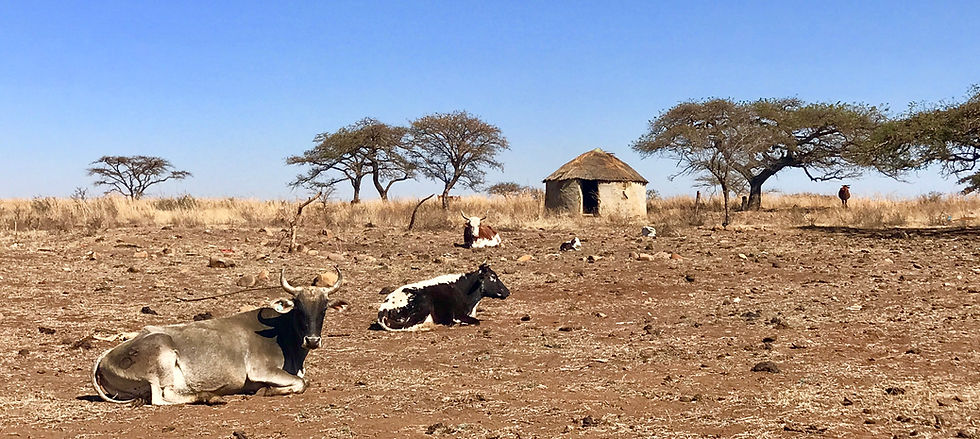
You can tell how rich a Zulu chief is by the number of cows he owns. All the houses in the compound face the kraal where they keep the cows at night. Then when a chief dies, he's buried in a sitting position, six feet down, inside the kraal. I guess he can keep count that way, even after he's gone.

Maviyo Zungu is 73 years old, has 45 cows, two wives and extended family. This is one of his daughters in their kitchen.

Traditional Zulu houses have a very low doorway to prevent an enemy from entering - if one did, he'd be whacked on the head before he stood up.
There's always one round house called the grandmother’s or ancestors' house. This is the most important house of all, where the family can go to speak to their forebears, who live against the back wall of the rondavel.

The ancestors's house, after 45 years, was being rebuilt with the help of neighbouring men who'd arrived for the job. And grandchildren.

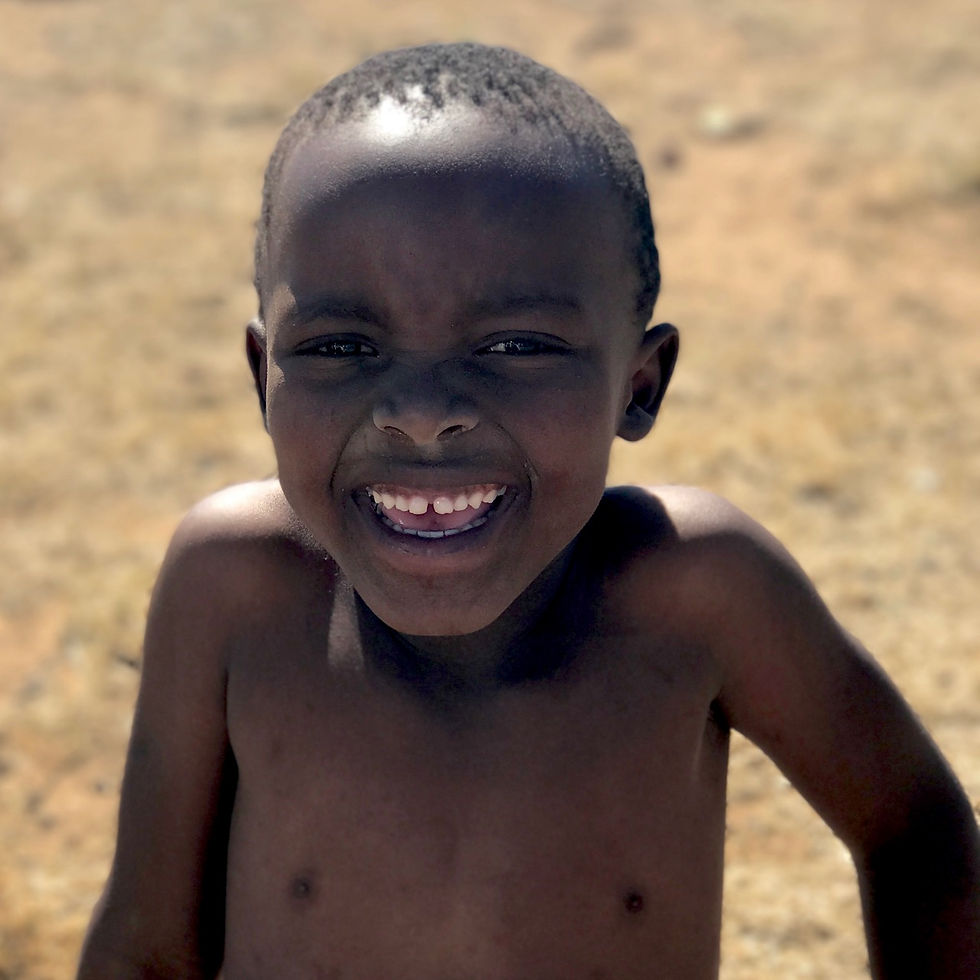
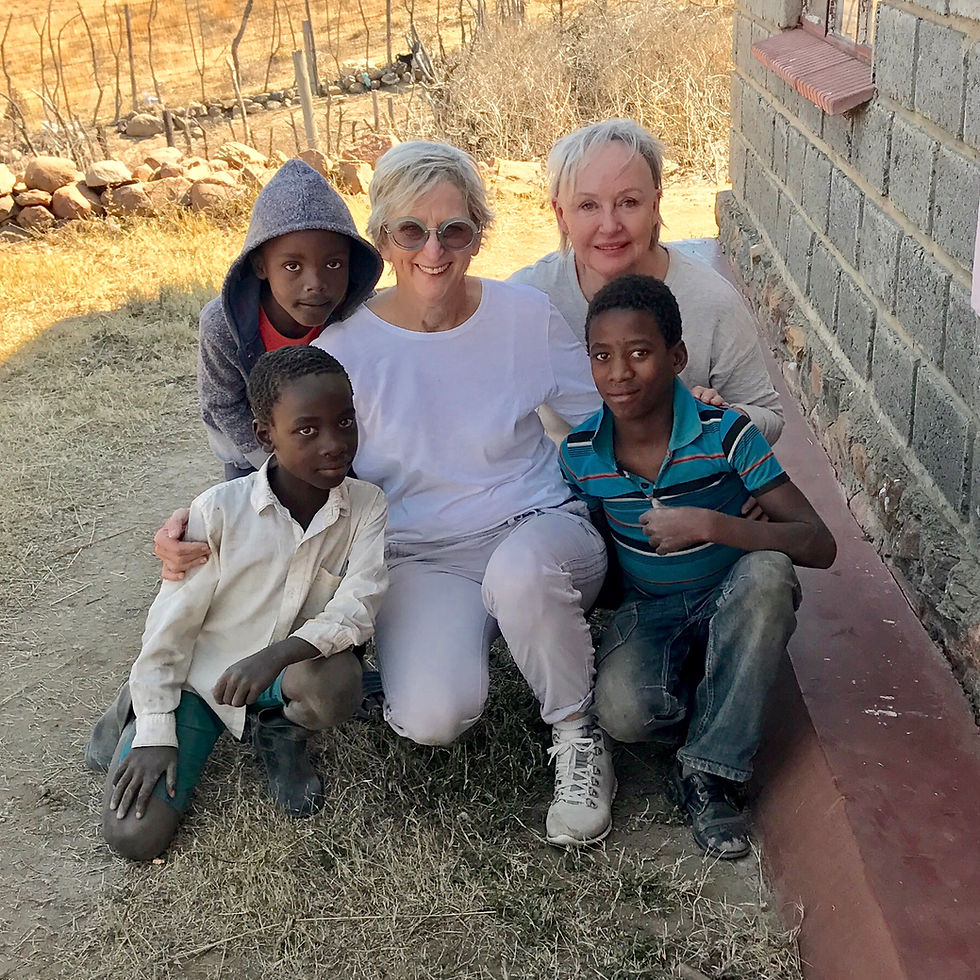
They asked if they could have their photo taken with us.

We were invited to view the chief's very smart bedroom in a rectangular concrete block house.
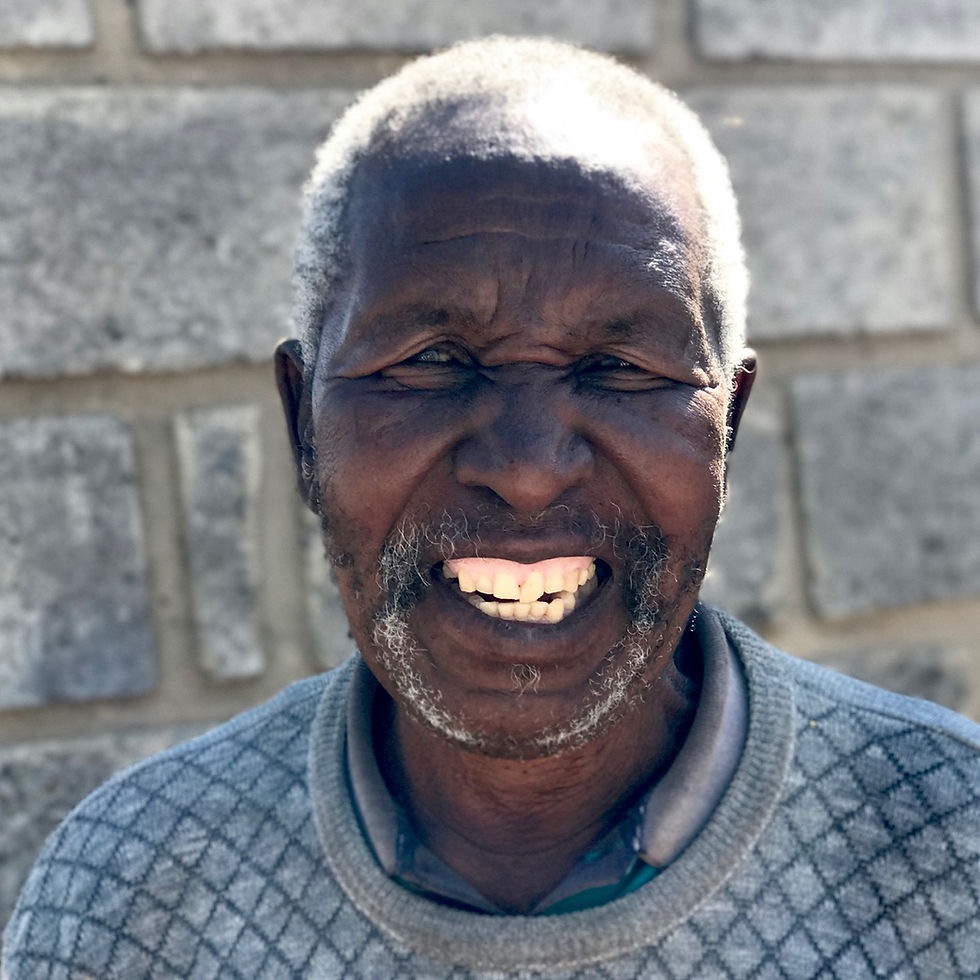
This is the chief himself. It was obvious he is much loved and respected.

He very kindly invited us to share this home-made Zulu beer in a glazed black pot, an end-of-day reward for his workers. We all drank the mild-tasting concoction from the same enamel mug.

The Zulu handshake as you can see above involves both hands. This is so both parties can be sure neither is holding a weapon. There are three shakes: one to greet each other, one to greet each other’s family, and the last to greet the ancestors.
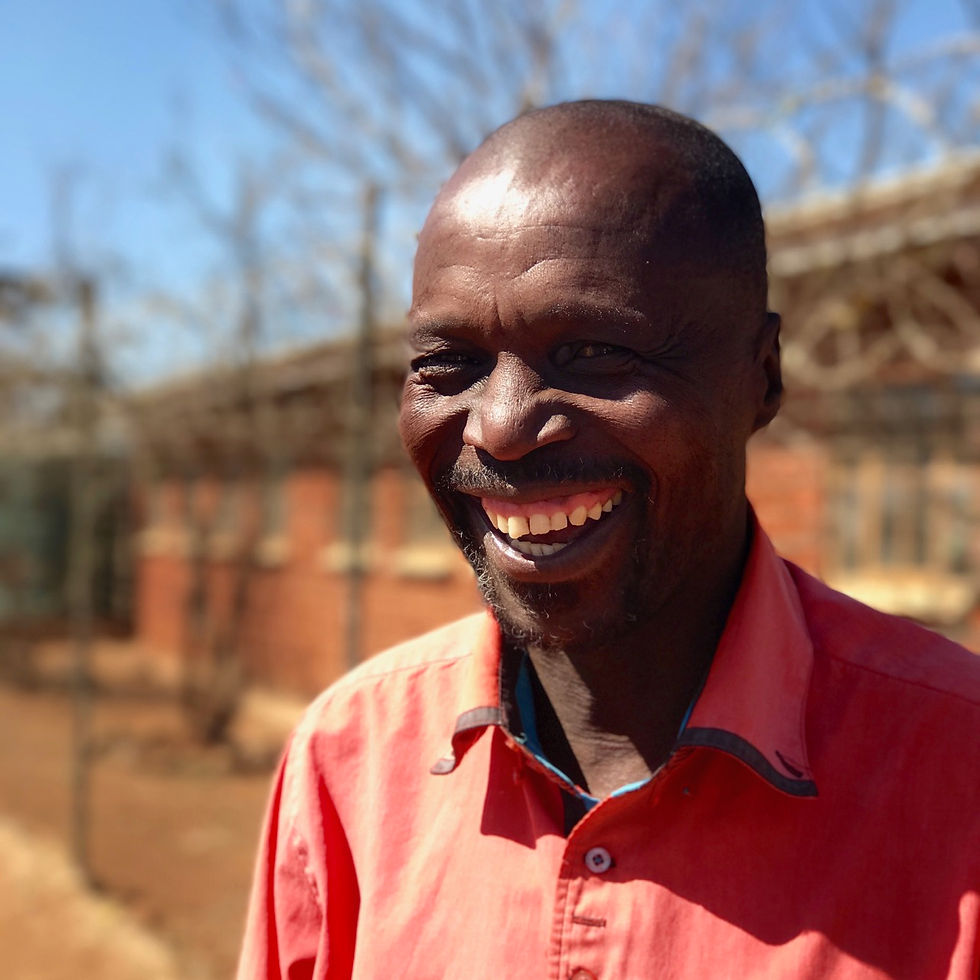
We visited the local primary school where this guard let us in through a razor-wire topped fence.
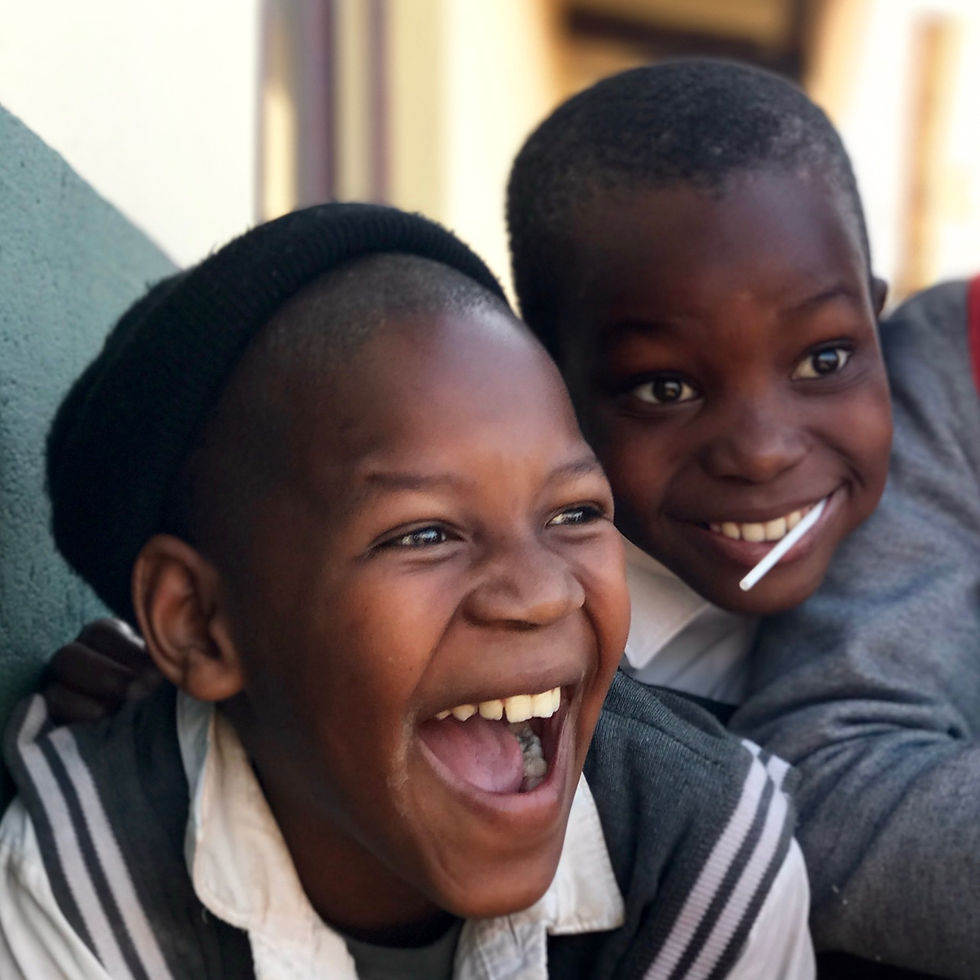
The children were a delight. Classes at this school have about 40 students in each.

I had a visitor outside my window back at the lodge late that afternoon. It's the purple-crested turaco.

Stunner isn't he?
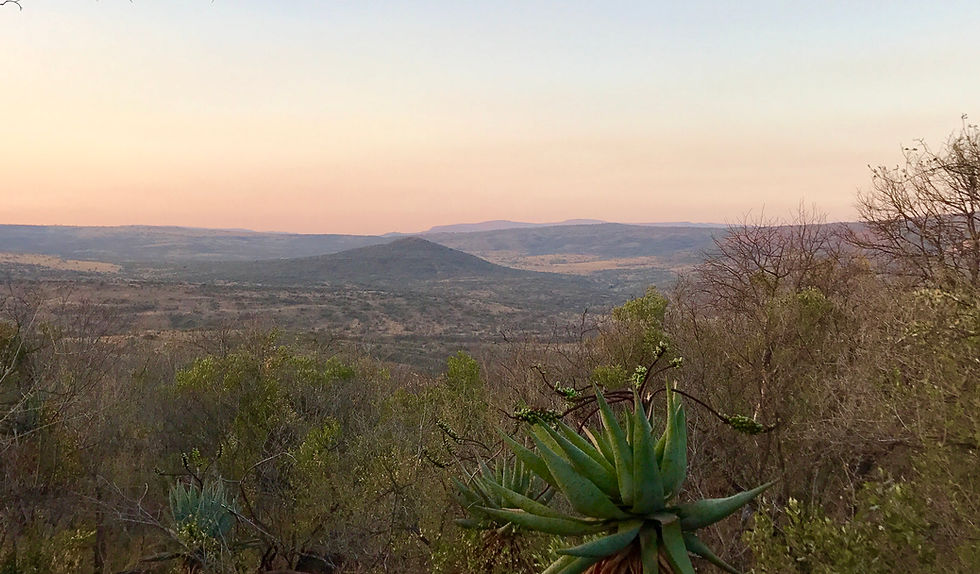
We were waiting for night to fall for the Zulu dancing!

Sahke, dressed for the dancing, trying to look fierce.

And earlier, not so fierce.
We were seated in directors' chairs in front of a small fire, sparks flying into the sky, as he and our two Thobile's led about fifteen older local secondary school children in dancing and singing to the beat of Zulu drums. The sound must have been terrifying for the British to hear in the night.
Sorry about the black box! I'm sorry it was too dark to video properly, but if you play this, you'll have some idea of the amazing high kicks.
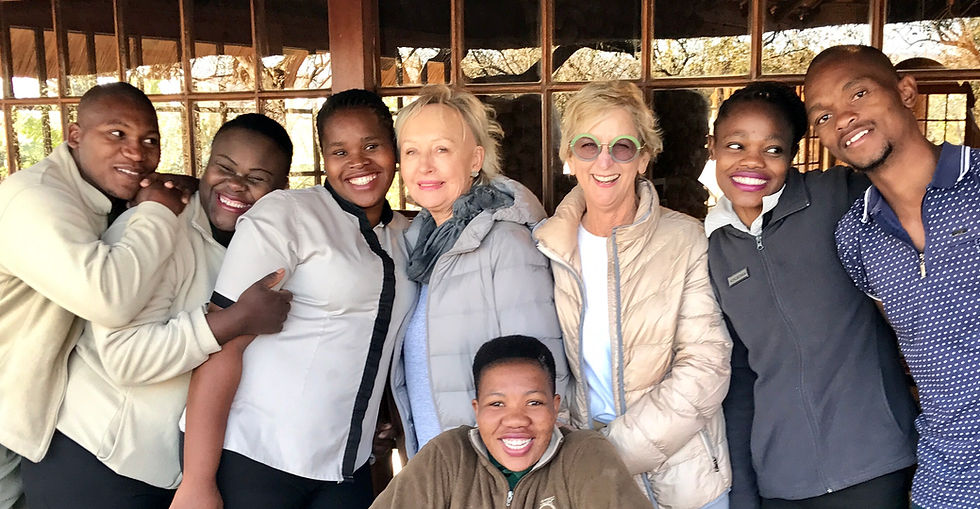
The following morning the photo calls took a full fifteen minutes as we had to have our photograph taken with each of the staff with much laughter. And some sadness to leave them. We were soon on our way back to Durban by a different route from Monday, driven by Ernie who'd arrived from Durban the night before and slept at the lodge.

In the middle of nowhere, we came upon these three women walking along the road. Ernie stopped for me to ask permission to take their photo. Spontaneously, one started dancing for us. Helen took the photo as I was getting out of the car.

This darling woman grabbed me by the waist, swinging me around. Together we danced in the middle of a bitumen road in the middle of KwaZulu-Natal. It's so typical of the joy of these Zulu people. After I took her photo, she hugged me again.
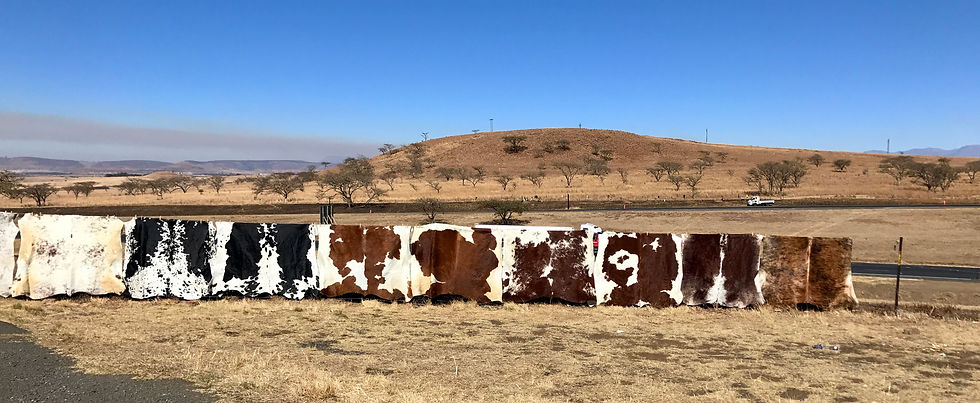
There were hides for sale on the side of the road.
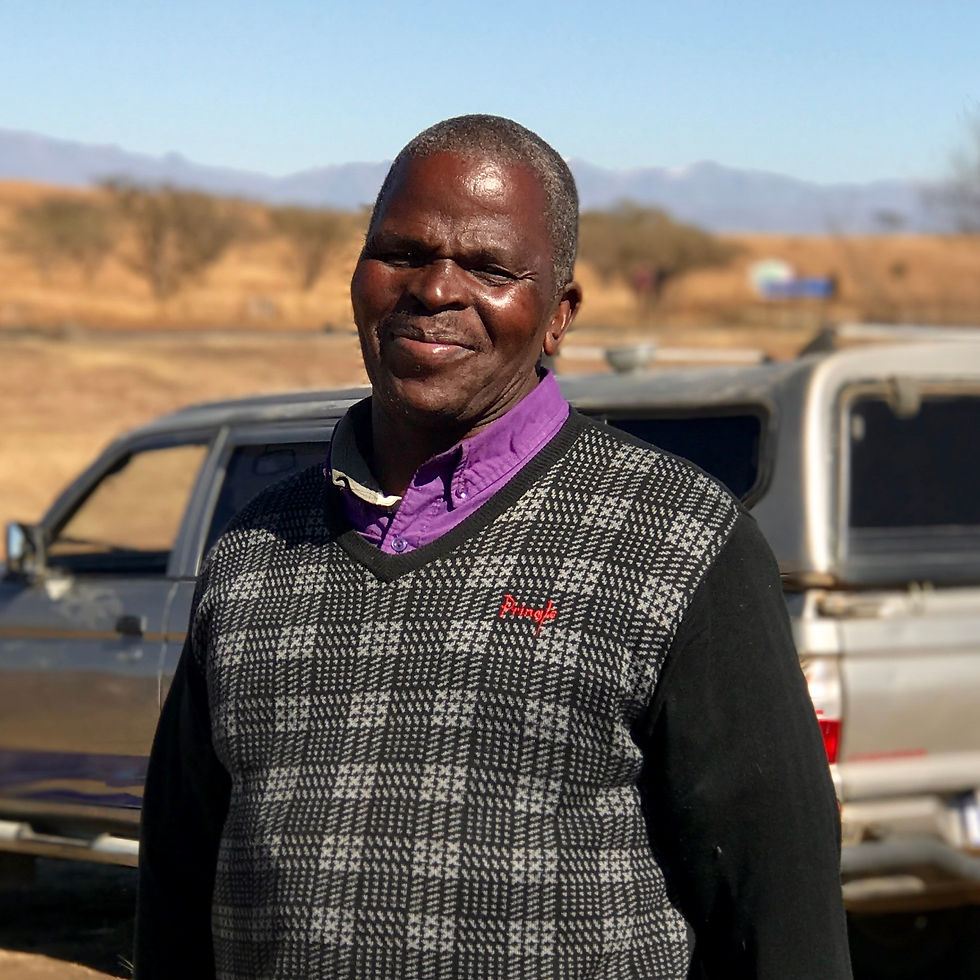
The vendor didn't respond to my 'say cheetah' with a smile, so Ernie asked him to show his teeth. He laughed out loud. I don't have any, he said.

We called in at Howick Falls on the Umgeni River.

We stopped for petrol. The young attendant wearing the unleaded sign couldn't understand why we would serve ourselves in Australia.

I'd like you to meet Phumzile (pronounced poom-zee-lee). What a delight. She used to be the cleaner and tea lady for an architect who practised in an old Victorian house in Durban. He collected so much Zulu art and craft that he opened a museum in the basement and asked Phumzile to look after it. I instinctively knew we had to visit it when I was planning the itinerary, and now I know why. She is an amazing theatrical performer, singing and dancing her way through our wonderful tour. Honestly, she missed her vocation.
She had us practising our clicks. Have you ever heard an African click? They're done in different parts of the mouth. Xhosa for example is said (CLICK)-hosa. It's such fun!
You could easily spend half a day here. From magnificent bead work to clothing, baskets to circumcision instruments, weapons to snuff jars.
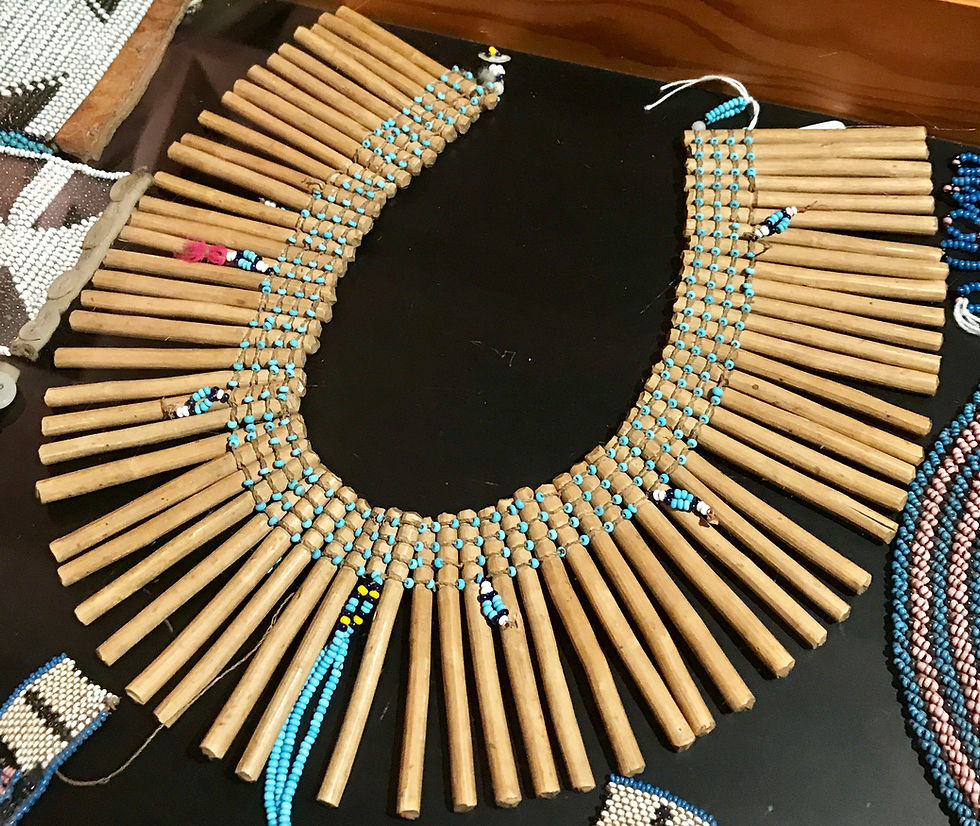
This is a teething necklace. Held in his mother's arms, the baby chews on the wood and plays with the beads.

These are arm bracelets, fixed to leather.

My favourite beadwork, part of an apron to be tied around the waist. There are different shapes and styles for different people: single women, married women, pregnant women, men, various tribal 'witch doctors'.
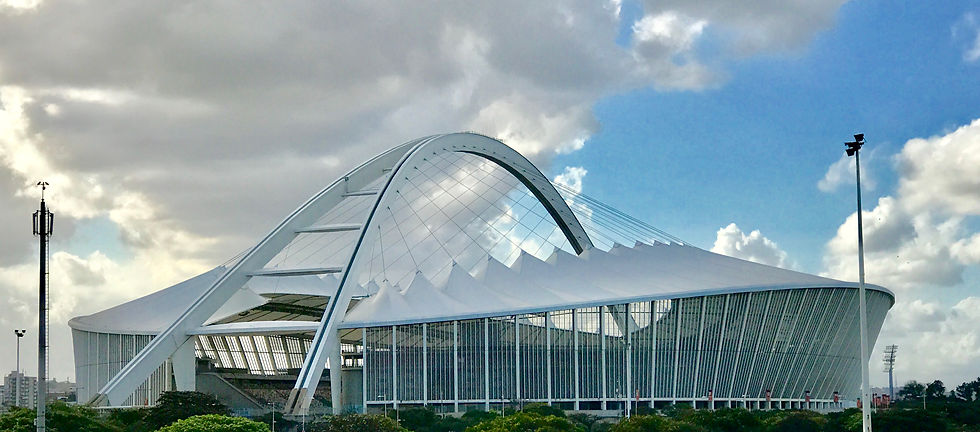
We drove in to the Moses Mabhida Stadium built for the 2010 Soccer World Cup. There's a lift which goes up over that arch, stopping at a viewing platform at the top.
But it was on to the airport for us! Cape Town was waiting.
It was quite some arrival at the Cape Grace Hotel. I'll tell you about that in my next post, plus Capetown, the capella choir (beyond!) two wonderful restaurants and the Silo Hotel.

I just have to finish with this joyful soul. Until next time, hambe kahle (go well).



























Comments